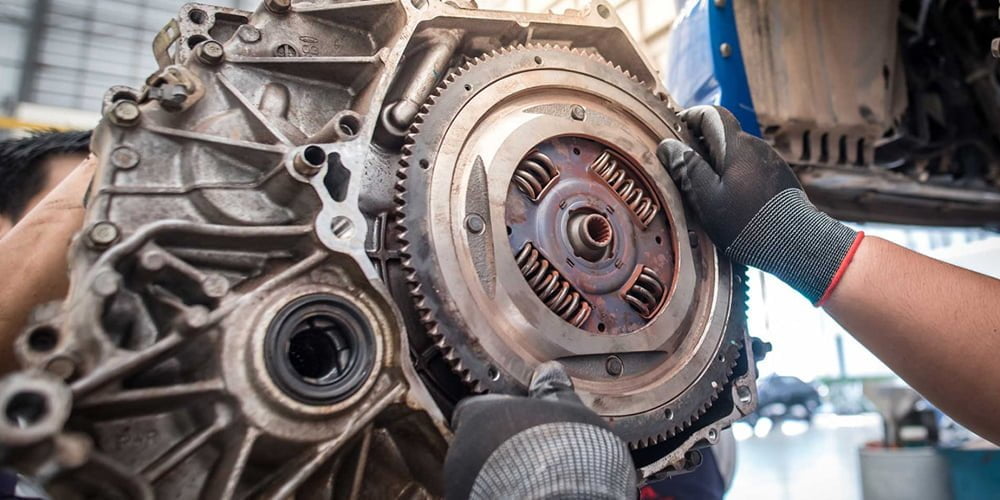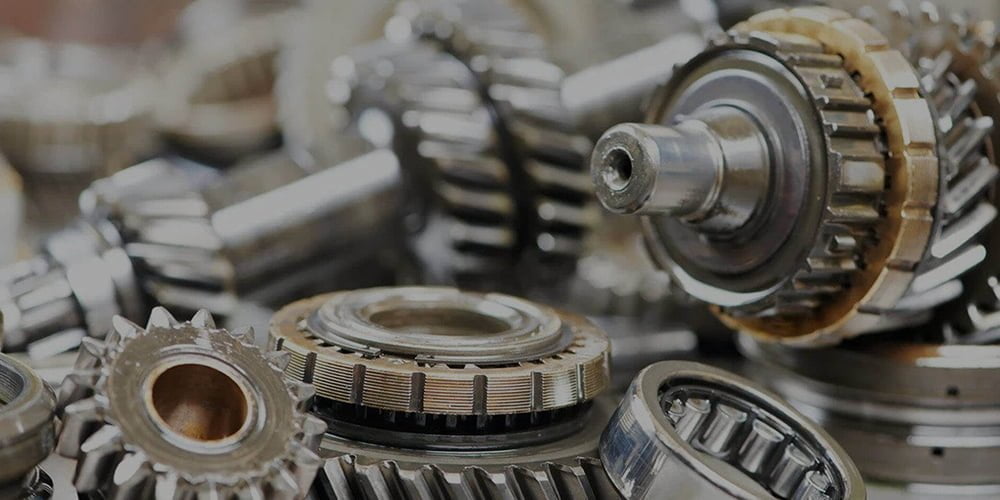When the clutch pedal is pressed, the connection between the engine’s drive and the vehicle’s wheels is disengaged. The clutch disc moves away from the flywheel, allowing you to change gears. Releasing the clutch pedal transmits the engine’s torque to the wheels, propelling the vehicle forward. The clutch and its components are responsible for coordinating the transmission of power between the engine and wheels. Due to their constant operation, these components wear out relatively quickly. During their operation, they are exposed to high friction forces and generate significant heat.
Pressing the clutch pedal too often, too suddenly, for too long, or driving with a partially engaged clutch can cause excessive heat buildup, leading to burning of the clutch disc and friction linings.
Most common causes of a burnt clutch include:
-
Driving with a partially engaged clutch
-
Frequent, sudden clutch movements
-
Driving in rough terrain (e.g., mountainous areas)
-
Driving with an excessively heavy load
-
Pressing the clutch while revving the engine without being in gear
In summary, the clutch is one of the few components in a truck whose lifespan heavily depends on the driver’s skill and driving style. A burning smell similar to overheated brakes is a common symptom — and should never be ignored. Burnt clutch linings can lead to complete failure, making it impossible to drive or shift gears.
A burnt clutch cannot perform its function properly and may result in transmission damage. Therefore, it’s important to observe clutch behavior and identify any unusual signs in time.



